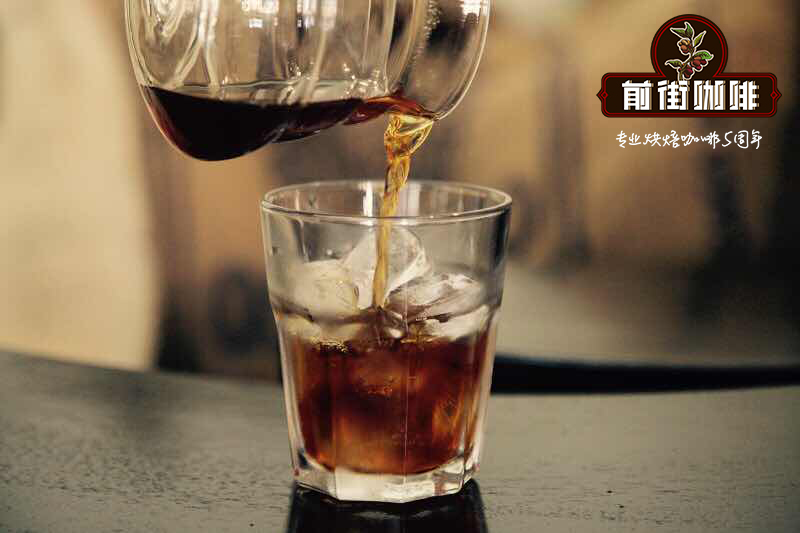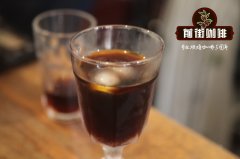Columbia LA PALMA & TUCAN Red Wine treatment / anaerobic fermentation

Professional coffee knowledge exchange more coffee bean information please follow the coffee workshop (Wechat official account cafe_style)
Variety: Castillo
Processing: red wine treatment / anaerobic fermentation
Sensory information
Score: 87
Delicate, bergamot, lemon, melon, sweet.
About the LA PALMA and EL TUCAN projects: we are the best coffee growers and processing experts in Colombia, located in the unique microclimate of Colombia's eastern Andes.
We have set up our project in a beautiful area of Kundinamaka province, which is known for its long coffee growing tradition and is ideal for producing high-growth specialty coffee.
We are changing the way coffee is grown, processed and sold in Colombia, where productivity comes from quality.
Pick coffee. At LA PALMA and EL TUCAN, this process is probably the most important of all stages of our quality assurance. The more mature the cherry, the higher the sugar content (pectin, cellulose, polysaccharides and other types of carbohydrates), which means more microbial food during fermentation, which makes the fermentation more complex, and we believe in sweeter and more complex flavors. In order to ensure that only the best coffee fruits enter our wet mill, we have trained our own cherry picking team to adopt a special cherry selection to encourage quality rather than quantity.
We use the existing microbes present in coffee cherries and the different surfaces that coffee touches throughout the fermentation process. Different microorganisms such as bacteria, molds and yeast interact during fermentation to break down carbohydrates and convert sugars into alcohol. For example, acid lactic acid bacteria separate lactic acid during growth, but proliferate in hypoxia and are very vulnerable to sharp changes in temperature and PH levels, which may easily kill them.
This is why our team strives to continuously measure and record at least the following variables during each fermentation process: temperature, relative humidity, oxygen levels (using aerobic or anaerobic tanks), sugars present in mucus (using refractometers) and PH levels.
Acetic acid fermentation (aerobic). Through this process, our team tried to produce higher concentrations of acetic acid through different types and concentrations of yeast and acetic acid bacteria during fermentation. The goal is to develop acetic acid levels to achieve more "complex", ideal flavors; full-bodied wines and citric acids, as well as sweet and fruity, similar to yellow stone fruits.
Lactic acid fermentation (anaerobic). Through this process, our team tried to focus on anaerobic methods to obtain higher concentrations of lactic acid bacteria during coffee fermentation. Due to the fermentation of mucus carbohydrates, this type of bacteria produces lactic acid, which in turn contributes to the sensory characteristics of the resulting cup. The expected shape is full-bodied, very sweet, chocolate and buttered coffee, with wine acidity and a velvety body due to the high lactic acid content in the cup.
Mixed fermentation (aerobic + anaerobic). Through this process, our team tried to combine acetic acid and lactic acid fermentation by inducing the production of lactic acid and acetic acid. By controlling the anaerobic and aerobic processes, we tend to produce lactic acid bacteria as well as acetic acid bacteria, allowing for highly complex cups. The unique sweetness of red berries is paired with a velvety body, wine acidity and pleasant lingering aftertaste, resulting in high levels of acetic acid and lactic acid.
Important Notice :
前街咖啡 FrontStreet Coffee has moved to new addredd:
FrontStreet Coffee Address: 315,Donghua East Road,GuangZhou
Tel:020 38364473
- Prev

Iced coffee is more than ice in coffee! The method of making iced coffee with self-made cold ice coffee formula
Professional coffee knowledge exchange more coffee bean information please follow the coffee workshop (Wechat official account cafe_style) I finally know about cold coffee. Finally learned about the cold coffee that often appears in American travel and American TV series and drives Americans crazy. It's not just iced coffee with ice! It actually comes into contact with coffee powder after 12 hours of cold water.
- Next

What are the methods of making iced coffee? how to choose the iced coffee that suits you best?
Professional coffee knowledge exchange more coffee bean information Please follow the coffee workshop (Wechat official account cafe_style) enter the world of iced coffee The World of Iced Coffee (English below) July is not yet autumn, you might as well learn more about and try iced coffee to prolong your attachment to summer. What kind of iced coffee is on the market? What's between them?
Related
- Detailed explanation of Jadeite planting Land in Panamanian Jadeite Manor introduction to the grading system of Jadeite competitive bidding, Red bid, Green bid and Rose Summer
- Story of Coffee planting in Brenka region of Costa Rica Stonehenge Manor anaerobic heavy honey treatment of flavor mouth
- What's on the barrel of Blue Mountain Coffee beans?
- Can American coffee also pull flowers? How to use hot American style to pull out a good-looking pattern?
- Can you make a cold extract with coffee beans? What is the right proportion for cold-extracted coffee formula?
- Indonesian PWN Gold Mandrine Coffee Origin Features Flavor How to Chong? Mandolin coffee is American.
- A brief introduction to the flavor characteristics of Brazilian yellow bourbon coffee beans
- What is the effect of different water quality on the flavor of cold-extracted coffee? What kind of water is best for brewing coffee?
- Why do you think of Rose Summer whenever you mention Panamanian coffee?
- Introduction to the characteristics of authentic blue mountain coffee bean producing areas? What is the CIB Coffee Authority in Jamaica?

